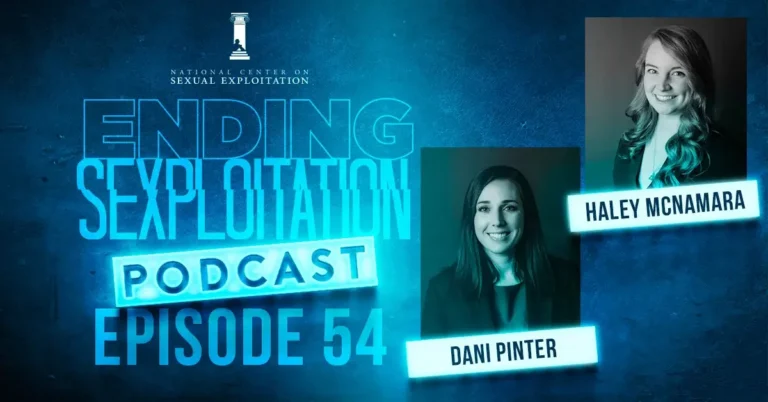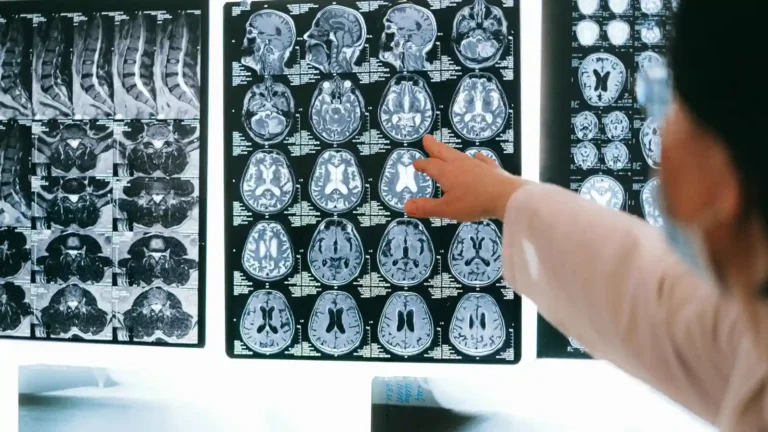More people are watching pornography today than ever before. In fact, a 2017 Australian study which surveyed 15–29-year-olds found that 100% of the males and 82% of the females had viewed pornography.
With so many young people using pornography, we need to know its potential health impact on consumers.
Finding Similarities between Known Addictions and Behavioral Addictions
This is where research by a group of Cambridge University neuroscientists comes in. In 2014, they set out to explore possible similarities between known addictions like substance-use disorders and behavioral addictions like gambling, with compulsive sexual behavior (CSB).
To do this, they scanned the brains of 19 men with compulsive sexual behavior (CSB) to see if they would respond more strongly than those without CSB to cues associated with their pornography use—that is, would they react the way other addicts do when shown cues related to their addiction. (In this study the cues shown were sexual images.)
But you may ask, what is CSB and how does it relate to pornography use?
Compulsive Sexual Behavior and Its Relation to Pornography Use
CSB is a term for persistent difficulty or failure in controlling sexual impulses that lead to behavior associated with harms to social, educational, occupational, and other functioning. CSB impulses and behaviors may be interpersonal (e.g., risky casual sex, paid sex) versus solitary behaviors (e.g., binge pornography use, masturbation).
It’s important to note that all 19 men with CSB in the study reported excessive pornography use. In fact, the men with CSB reported using 25.5% of their total online activity time for viewing pornography compared to control subjects who spent only 4.5% of their total time online engaged in the same activity.
Key Findings of Compulsive Pornography Users’ Brains
It turns out that compulsive pornography users’ brains “lit up” when exposed to pornography cues in the same regions of the brain that people with other kinds of addictions do.
Lead author Dr. Valerie Voon said: “There are clear differences in brain activity between patients who have compulsive sexual behavior and healthy volunteers. These differences mirror those of drug addicts” (emphasis added).
Key findings from the study include:
- The compulsive pornography users had a dissociation between “wanting” and “liking,” in line with a theory of addiction known as Incentive Sensitization. This theory has shown that while addicts report greater craving for the object of their addiction (wanting), the degree of pleasure they experience when they consume or engage in their addictive behavior (liking) doesn’t match. The study reported:
“Compared to healthy volunteers, CSB subjects had greater subjective sexual desire or wanting to explicit cues and had greater liking scores to erotic [less explicit] cues, thus demonstrating a dissociation between wanting and liking.”
- A majority of the compulsive pornography users (average age 25) had low libido and erectile dysfunction with their real-life partners, although not with pornography. (Men in recovery often report that quitting pornography use restores their sexual function and attraction to partners.) This study noted that:
“CSB subjects reported that as a result of excessive use of sexually explicit materials. . . . [they] experienced diminished libido or erectile function specifically in physical relationships with women (although not in relationship to the sexually explicit material).”
This finding refutes the common argument that pornography addiction is really just a result of “high sexual appetite.” In fact, compulsive porn-using subjects craved pornography, not real sex.
- Compulsive pornography users also had greater activity in the dorsal anterior cingulate cortex, ventral striatum, and amygdala areas of their brains. This activity is also seen in other substance and behavioral addicts. These brain regions are involved in motivation and craving.
Research Continues to Reveal Pornography Use’s Effect on the Brain
In describing the study’s significance, Dr. Voon said:
“I think [ours is] a study that can help people understand that this is a real pathology, this is a real disorder, so people will not dismiss compulsive sexual behavior as something moralistic.”
While this 2014 study alone doesn’t prove that pornography is inherently addictive, it is another brick in a growing wall of studies linking pornography use with addiction. Today, there are more than 50 neuroscience-based studies that support the pornography addiction model.
In 2017, Dr. Voon teamed up with several top scientists to publish a brief article in The Lancet addressing the question, “Is excessive sexual behavior an addictive disorder?” Keep in mind that compulsive sexual behavior includes problematic pornography use. They concluded:
“We believe that classification of compulsive sexual behavior disorder as an addictive disorder is consistent with recent data and might benefit clinicians, researchers, and individuals suffering from and personally affected by this disorder.”
For a more detailed discussion of the Voon et al. study see our Research Spotlight reviewing “Neural Correlates of Sexual Cue Reactivity.”



